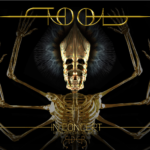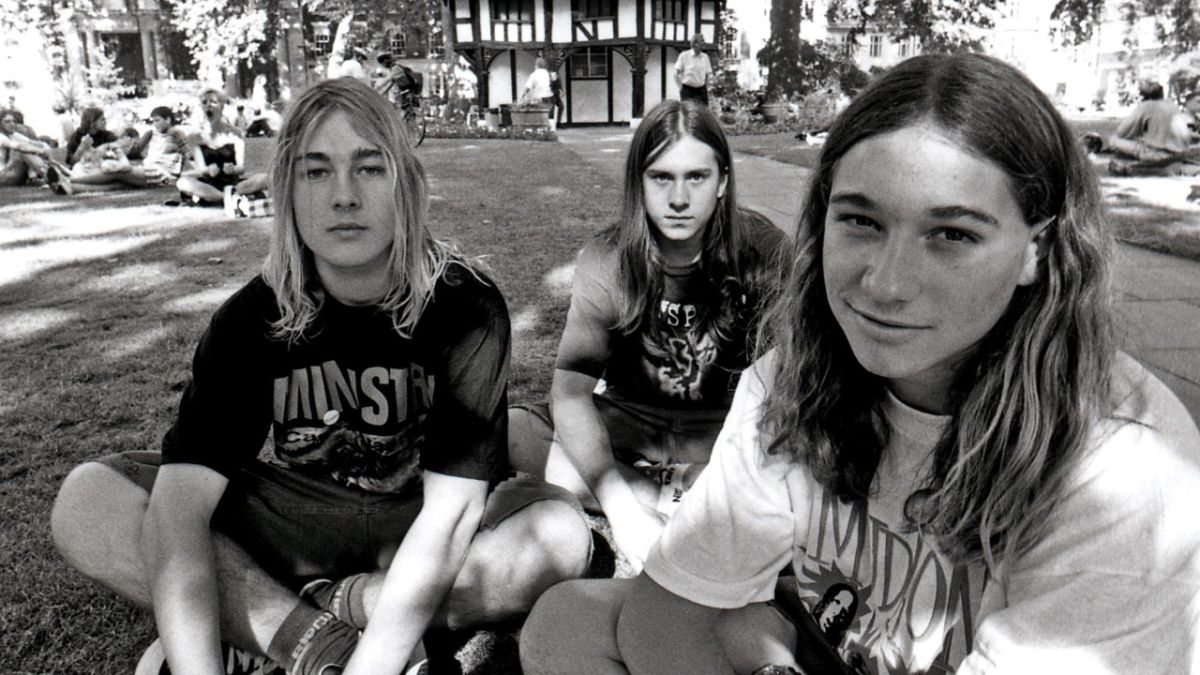Introduction
The Beatles are renowned for their innovative and distinctive musical compositions, and one song that stands out for its unique chord progression is “I Am The Walrus.” From the legendary keyboard intro to the mesmerizing harmonies throughout, this song captivates listeners with its unconventional musical choices. In this article, we’ll delve into the fascinating chord progressions, modal interchange, and the creative genius behind this iconic piece of music.

The Enigmatic Keyboard Intro
The song begins with a legendary keyboard intro performed on a pianette, an early electric piano instrument. Interestingly, depending on the version of the track you’re listening to, the first bar of the song may have either six or four beats. It’s worth noting that some mixes, including the US mono mix, cut off the first two beats for unknown reasons. After this opening bar, the keyboard is joined by an arrangement of violins and cellos orchestrated by the renowned George Martin.
Modal Interchange and the Bluesy Tonality
Although “I Am The Walrus” is largely in the key of A, the intro itself is in the key of B, oscillating between B major and B minor. This technique of blending chords from parallel major and minor keys is known as modal interchange or modal mixture. The mix of major and minor chords gives the tonality a bluesy sound, adding to the song’s overall atmosphere.

As the intro progresses, the tonality gradually shifts towards the key of A major. A pivotal moment occurs with the introduction of a D major chord, which acts as a pivot point between the prevailing key center of B minor and the destination key of A major. The versatility of the D major chord allows it to smoothly transition between the two keys, seamlessly hiding the seam between them.
The Verses: A Blend of Major and Minor Tonality
In the verse section of “I Am The Walrus,” the major-minor tonality is particularly evident. The chord progression mixes chords from the key of A major and its parallel minor key, A minor. Adding to the bluesy flavor, the vocal melody slides down from E to D sharp, a chromatic note outside the key of A major. This “blue note” contributes to the song’s bluesy sound, enriching the overall musical experience.
The verse consists of two six-bar segments, each featuring different chord progressions. Remarkably, almost no two sections in this song are completely identical. Every time a new section begins, there is some variation in the chord progression or melody, making each section unique and captivating.
The Chorus: Climbing through Parallel Major Chords
The chorus of “I Am The Walrus” starts with a B major chord, maintaining the key of A major. In traditional music theory, a secondary dominant chord like B major would typically resolve to the chord a fifth below it, which in this case would be E major. However, this song defies conventional rules. Instead of moving to E major, the progression climbs from B major to the flat three chord, C major, then to the four chord, D major, and finally to the fifth chord, E major. This parallel motion between different major chords creates an intriguing and unexpected musical journey.
It’s worth noting that “I Am The Walrus” exclusively uses major chords throughout the song, without incorporating any minor chords. This deliberate choice adds to the song’s distinctiveness and showcases the creative boundaries The Beatles were willing to push.

The Outro: Descending Loop of Major Triads
As the song progresses, we reach the outro section, which consists of a mesmerizing seven-bar loop that descends down the A minor scale. However, what makes this section truly captivating is that each scale degree is built upon a major triad. The descending loop, combined with the country motion of the violins moving in the opposite direction, creates a disorienting effect. The harmonies consistently move up and down simultaneously, generating a sense of eternal ascension and descent. This section has been likened to a “shepherd tone,” an auditory illusion where a note appears to ascend forever.
As the song fades out, leaving us with a dizzying sensation, it becomes evident that “I Am The Walrus” is not just a song but a musical masterpiece. John Lennon’s idiosyncratic approach to harmony and George Martin’s characterful and innovative arrangements contributed to the creation of a truly remarkable piece of music.
In conclusion, “I Am The Walrus” showcases The Beatles’ unparalleled creativity and willingness to push musical boundaries. The unique chord progressions, modal interchange, and parallel major chords contribute to the song’s enigmatic and mesmerizing tonality. By seamlessly blending major and minor elements, The Beatles created a timeless piece of art that continues to captivate audiences to this day.










